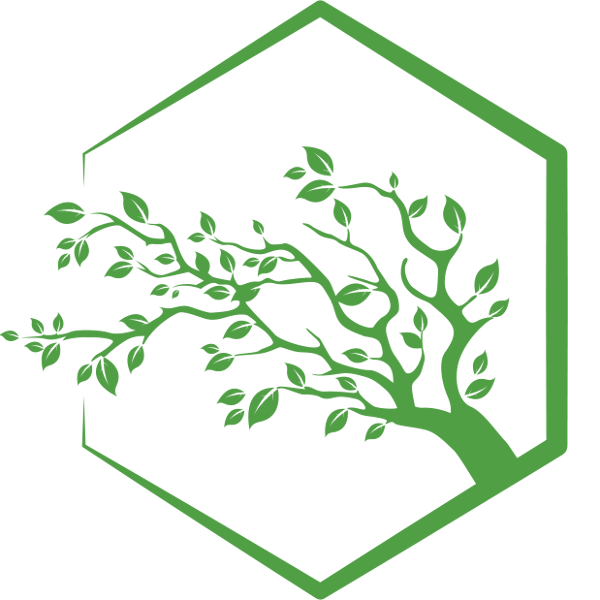
When our skin is acting up, it’s only natural to want to get to the root of the situation. And while most of us are pretty adept at identifying an unwelcome pimple, sometimes our skin concerns can be a little harder to figure out. For example, if you’re struggling with what seems like pimples across the center of your face, you may well be surprised to discover that they might not be pimples—or at least, not in the way we typically think of them. So what could it be then?
Rosacea that Resembles Acne
Acne rosacea is a common skin condition that is often characterized by background redness on the face, papules, pustules, and often swelling. While rosacea can’t be cured, per se, fortunately, there are a lot of treatment avenues to explore, and the range of options is consistently growing, too. In treating rosacea, the goal is to try to slow down the progression, and that often includes a combination of topical creams, oral antibiotics, and pills - all of which work in different ways to target different elements of the condition. So, let’s take a deeper dive into explaining the difference between acne rosacea and acne vulgaris—and how to handle both.
What Is Acne Rosacea?
When we think of rosacea, we typically think of redness—and that’s accurate, but the condition can involve present itself in different ways. In addition to red facial skin, rosacea can also sometimes entail bumps and broken blood vessels on the nose, chin, cheeks, and foreheads. When rosacea is not treated, it can cause small red bumps that sometimes contain pus, cysts, dilated blood vessels, and eye irritation.
What Is Acne Vulgaris?
Acne vulgaris is the technical term for the condition we picture when we hear "acne." Simply put, it’s a skin condition in which the pores (hair follicles) of the skin clog up and become inflamed. Depending on the degree of severity, this can lead to blackheads (comedones), pimples, cysts, and scars occurring in groups.
How Does Acne Rosacea Compare to Acne Vulgaris?
While acne rosacea is typically concentrated on the face, acne vulgaris can also affect areas like the back and chest. It is the most common skin disease in adolescence and young adulthood. The two are often confused given their looks, both conditions are distinct. Rosacea typically can resemble a combination of pimples, rash-like skin, and redness. While acne also causes redness, it appears as whiteheads, blackheads, and hard lumps in severe cases. Unlike rosacea, the redness is isolated to the pimple.
One way to tell whether you may have acne or rosacea is to note the distribution. If the redness and bumps involve primarily cheeks and nose, it could be rosacea. Also, anyone who only has rosacea (not acne) tend to have minimal or few comedones in these areas. A good note to remember!
What Causes Acne Rosacea?
Rosacea can be genetic (which usually means multiple family members have it). One theory is that patients with rosacea have a hypersensitivity to a particular mite (demodex folliculorum) that lives on all of our skin. Finally, having rosacea also means paying attention to the various triggers that can lead to flare-ups, from the inevitable emotional stress or heat to the ones that you can at least try to avoid - alcohol, spicy foods, caffeine, and sun exposure.
What Causes Acne Vulgaris?
Acne vulgaris results from the overproduction of sebum from the oil glands in the skin. The oil glands are attached to your hair follicles and release oil into your pores. Excess sebum clogs the pores along with dead skin, leading to a buildup in the pores and hair follicles. This build-up can lead to materials rupturing under the skin, and along with bacteria that comes from the skin, causes more inflammation under your skin as inflammatory cells come to the area to clear the debris.
Anything that increases the sebum can lead to acne vulgaris—this can include a genetic predisposition for acne and hormonal variants. Male hormones called androgens lead to increased sebum, and fluctuations of hormones lead to oil buildup. Cortisol, the hormone released in stress, also leads to increased sebum. Finally, certain medications can lead to breakouts including lithium, hormones, iodine, and steroids.
How Is Acne Rosacea Treated?
There are multiple different gels, creams, and prescription medications you can try, though a more natural remedy will certainly avoid any harsh reactions or side effects. When in doubt, read how manuka honey can help relieve rosacea of any type!
How Is Acne Vulgaris Treated?
Retinol, topical antibiotics, and other medications are available for treatment, however, if you’re interested in a more natural solution, then check out our online store with skin care products that were created to help any problematic skin issues naturally!


